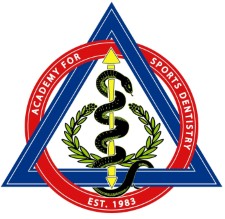Suturing Techniques in Sports Dentistry: Essential Skills for 2025 and BeyondWhen it comes to managing oral injuries in athletes, time is of the essence—and precision is non-negotiable. In 2025, sports dentistry continues to evolve, but one timeless skill remains critical: suturing. Whether you're treating a torn labial frenum, lacerated gingiva, or soft tissue trauma from a puck or cleat, mastering modern suturing techniques allows sports dentists to minimize healing time, reduce infection risk, and support optimal functional and esthetic recovery. Why Suturing Matters in Sports DentistryAthletic injuries often involve high-impact trauma to the orofacial region, and these wounds are rarely neat. The ability to place sutures appropriately can make the difference between a complication-free recovery and prolonged healing with scarring or infection. In sideline situations or immediate post-game triage, sports dentists trained in suturing are invaluable assets to their teams. 2025 Advancements in Suturing TechniquesSuturing in 2025 isn't just about holding tissue together—it’s about smart technique, material science, and patient-specific care. Here’s what’s shaping the future:
Key Suturing Techniques Every Sports Dentist Should Know
Hands-On Training is CriticalAt the Academy for Sports Dentistry (ASD) 2025 Global Symposium, dentists can participate in a hands-on suturing course led by Dr. Walter Chitwood, F.A.S.D., one of the field’s most experienced clinicians. This session walks participants through suture selection, technique, and common clinical scenarios in sports trauma. This isn’t a lecture—it’s practical, glove-on learning where you leave confident in your ability to handle real-time injuries. Final ThoughtsAs sports dentistry matures in 2025, the expectation isn’t just about treating injuries; it’s about leading the charge in rapid response and recovery. Incorporating up-to-date suturing techniques into your clinical toolbox is not optional; it’s essential. Whether you work in a high school clinic or serve a professional team, these skills ensure your athlete-patients return to play safely and swiftly. Below images of Dr. Walter Chitwood providing instructions at the Portland, Oregon ASD Symposium. |


